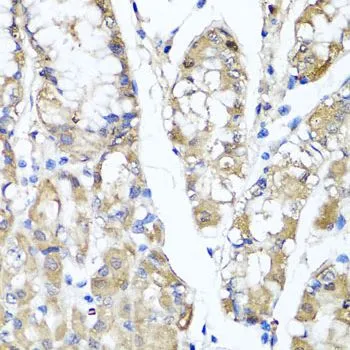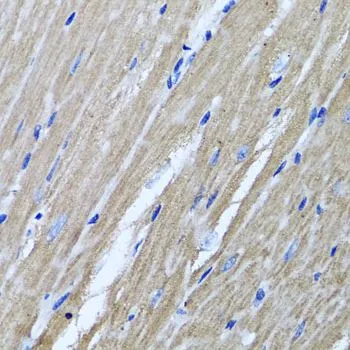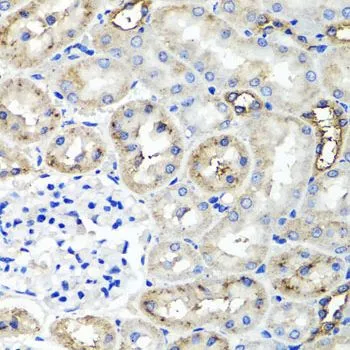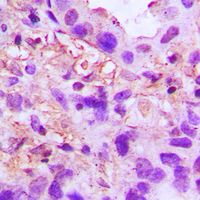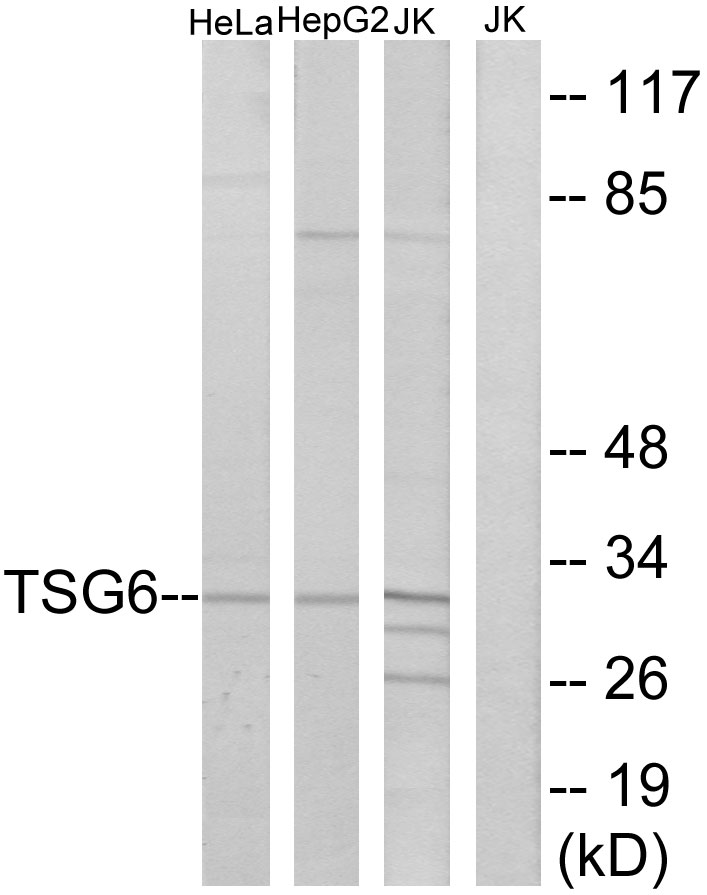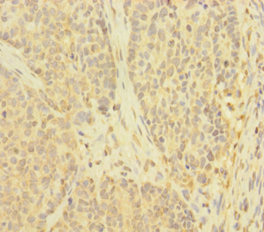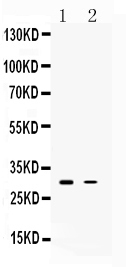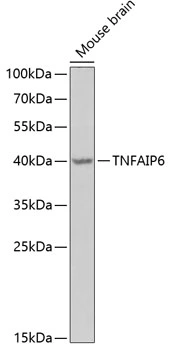
WB analysis of mouse brain tissue lysate using GTX64605 TSG6 antibody. The signal was developed with ECL plus-Enhanced. Dilution : 1:1000 Loading : 25microg per lane
TSG6 antibody
GTX64605
ApplicationsWestern Blot, ImmunoHistoChemistry, ImmunoHistoChemistry Paraffin
Product group Antibodies
TargetTNFAIP6
Overview
- SupplierGeneTex
- Product NameTSG6 antibody
- Delivery Days Customer9
- Application Supplier NoteWB: 1:500 - 1:2000. IHC-P: 1:50 - 1:200. *Optimal dilutions/concentrations should be determined by the researcher.Not tested in other applications.
- ApplicationsWestern Blot, ImmunoHistoChemistry, ImmunoHistoChemistry Paraffin
- CertificationResearch Use Only
- ClonalityPolyclonal
- ConjugateUnconjugated
- Gene ID7130
- Target nameTNFAIP6
- Target descriptionTNF alpha induced protein 6
- Target synonymshyaluronate-binding protein; TNF-stimulated gene 6 protein; TSG6; TSG-6; tumor necrosis factor alpha-inducible protein 6; tumor necrosis factor, alpha induced protein 6; tumor necrosis factor-inducible gene 6 protein; tumor necrosis factor-stimulated gene-6 protein
- HostRabbit
- IsotypeIgG
- Protein IDP98066
- Protein NameTumor necrosis factor-inducible gene 6 protein
- Scientific DescriptionThe protein encoded by this gene is a secretory protein that contains a hyaluronan-binding domain, and thus is a member of the hyaluronan-binding protein family. The hyaluronan-binding domain is known to be involved in extracellular matrix stability and cell migration. This protein has been shown to form a stable complex with inter-alpha-inhibitor (I alpha I), and thus enhance the serine protease inhibitory activity of I alpha I, which is important in the protease network associated with inflammation. This gene can be induced by proinflammatory cytokines such as tumor necrosis factor alpha and interleukin-1. Enhanced levels of this protein are found in the synovial fluid of patients with osteoarthritis and rheumatoid arthritis.[provided by RefSeq, Dec 2010]
- Storage Instruction-20°C or -80°C,2°C to 8°C
- UNSPSC12352203

